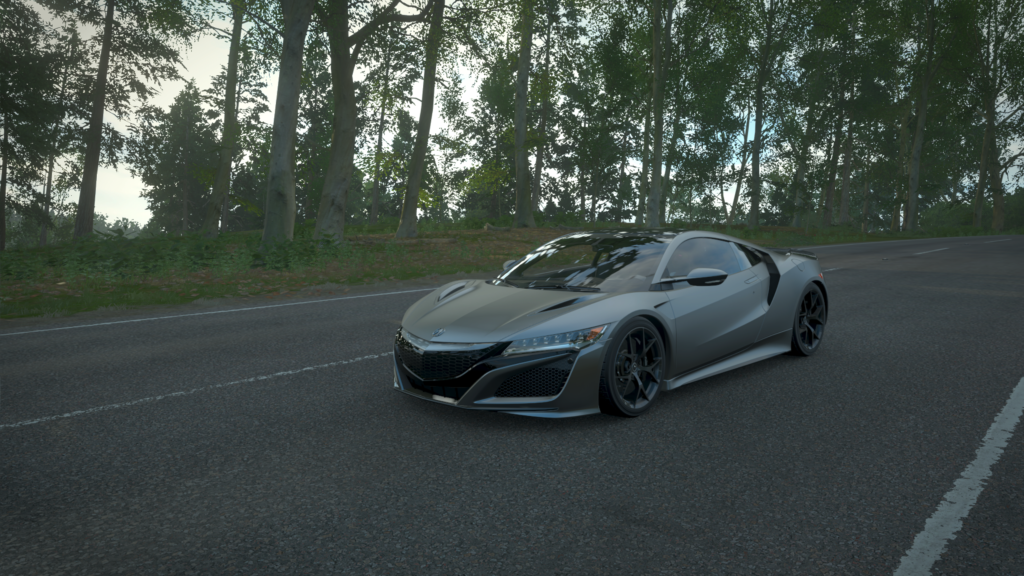Acura/Honda is cursed. Every time a new NSX comes out which like the World Wars has only unfolded twice so far in known human history, the whole auto industry goes head over heels in anticipation. Be it the first-gen or the very latest one, they had all car nuts raving about the sophistication and reliability that generations of enthusiasts have come to expect from Honda over the years. But when they launch the thing, practically no one shows up at the dealerships to buy one.
It’s not the design that deters prospective buyers because both versions captured the essence there respective eras better than most of their peers from the same timeframe, nor is it the price because for the kind of tech and performance on offer, both the versions were nothing short of a bargain (Looking at you all the P1s and Porsche 918s of the world).

Even the ownership experience of an NSX is nothing short of a dream, but it does require a sensible approach, a trait that’s been commonly associated with Saab and old Volvo owners. Only sensible people with advanced degrees who enjoy doing their taxes and reading instruction manuals will be able to appreciate it. For the rest of the crowd looking for a quintessential “supercar” that’s loud, shouty yet practical, just get an R8.
Cars are like fine dining. There’s the American way of making things delicious with extra cheese and when it comes to their cars, there’s nothing they can’t improve with extra displacement, the Italians like their delicately tossed, thin-crust pizza; like to style their cars with the same panache. But when it comes to Japan and Honda in particular, just like their sushi, it’s all about precision and balance. Even Gordan Murry famously took inspiration from the NSX to create the McLaren F1 and I don’t know about you but I sure as hell consider this a credential in itself.
For those of you less familiar with this automotive icon, the NSX stands for New Sportscar eXperimental, but contrary to popular lore the “X” actually represents the mathematical symbol for an unknown variable. But the NSX wasn’t your everyday sushi, it was special because it was spiced by the Italians. Back in 1984 when the NSX was being conceived as a concept, Honda appointed Pininfarina to design the new age sportscar and as a result, the NSX looked more futuristic than the best from Ferrari and Maserati at the time.
Initially, the team behind the NSX considered a 2.0L four-banger, but thankfully even they realized it wasn’t the wisest decision. The second and more worthy candidate was the 2.7L V6 from the Legend which had an Acura badge for the North American market. But even that motor lacked the grunt so they started fiddling with it until they found their desired configuration.
The final engine was a twin-cam, 24V 3.0L bespoke masterpiece producing 250 hp and in 1997 as part of a mid-cycle update that also saw the removal of the beloved pop-up headlights, the displacement was bumped up to 3.2L which helped it gain an additional 26 BHP. In typical Honda fashion, it ended up being an over-engineered, high revving unit that got titanium connecting rods and that’s responsible for the OG NSX’s iconic 8300 rpm redline. But this engine ended up taking more space than they initially anticipated and as a result, the chassis and wheelbase had to be extended after the fact but this did lend the car its iconic proportions.

Coming to the chassis, Honda stuck with Chapman’s guiding philosophy and gave the NSX a lightweight all-aluminum chassis. Honda’s F1 expertise also played a crucial role in tuning the dynamics of the NSX. F1 driver Satoru Nakajima was hired to fine-tune the handling of the NSX and even Ayrton Senna gave inputs that helped the NSX achieve its near-telepathic handling. Another reason for the success of the initial version, at least among journalists and enthusiasts, was its unmatched ergonomics and drivability and this makes it arguably the most sensible and practical supercar to date.
The new NSX despite its contrasting approach compared to the original manages to communicate well with its environment. The complex quad-motor drive and completely digitized steering and brakes which do not have any physical linkages manage to work in complete harmony to deliver a drive that’s full of feedback and character. And even though it was probably one of the most complex AWD systems of the time, it’s capable of glorious power slides and feels way more tail-happy than one would expect.






May I have information on the topic of your article?
Yes of course, it’s a story of the Honda NSX lineup. Honda’s flagship supercar.
I discovered your weblog site on google and check a few of your early posts. Continue to keep up the excellent operate. I just additional up your RSS feed to my MSN Information Reader. In search of forward to studying extra from you in a while!?
I found your weblog web site on google and test a number of of your early posts. Proceed to maintain up the superb operate. I just additional up your RSS feed to my MSN Information Reader. In search of forward to studying extra from you afterward!?